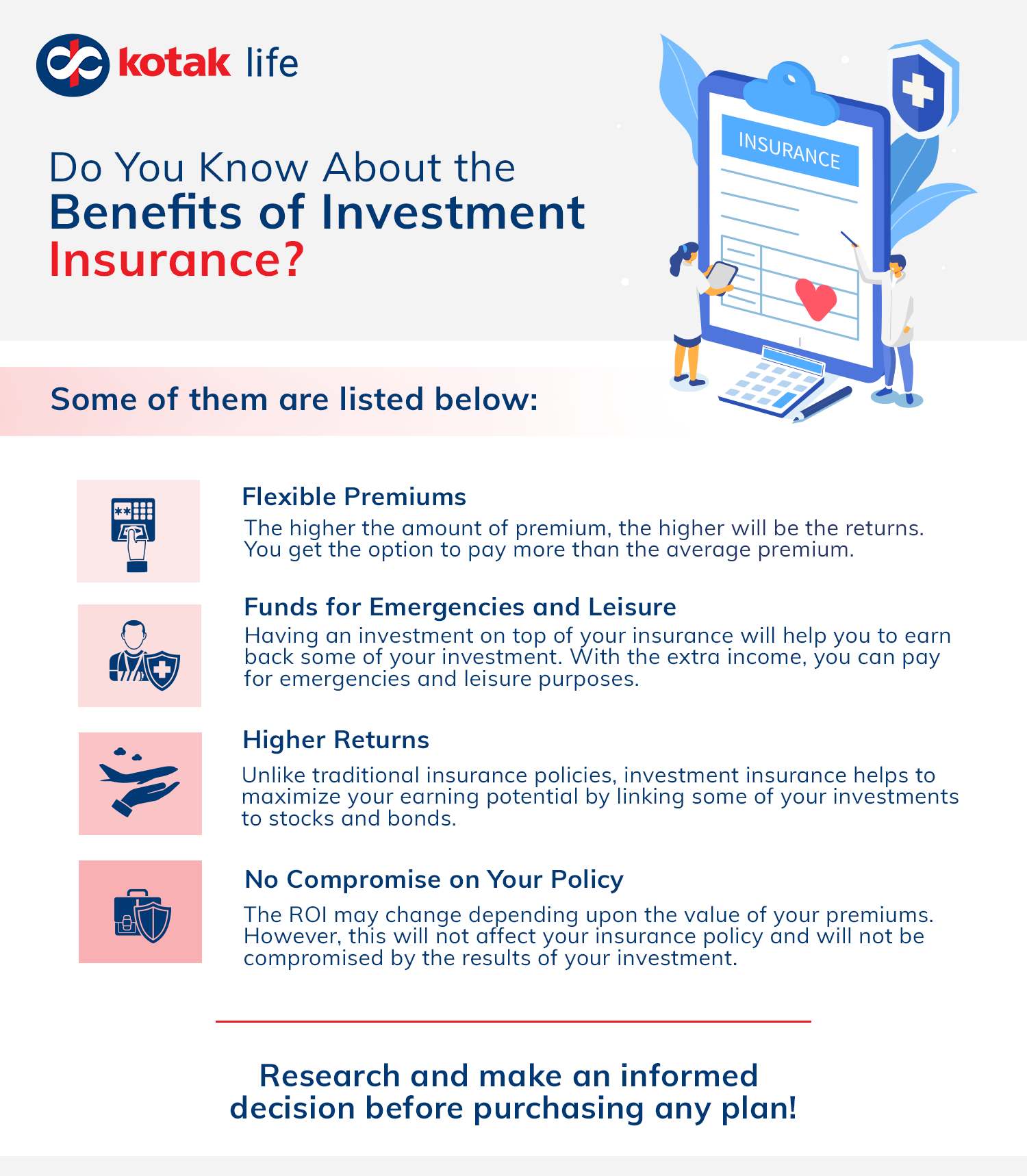Some Of Pacific Prime
Some Of Pacific Prime
Blog Article
Getting My Pacific Prime To Work
Table of ContentsPacific Prime - QuestionsThe Basic Principles Of Pacific Prime Pacific Prime Can Be Fun For EveryoneThe Best Guide To Pacific PrimeHow Pacific Prime can Save You Time, Stress, and Money.

This is because the information were collected for a period of strong economic performance. Of the estimated 42 million individuals who were without insurance, just about regarding 420,000 (concerning 1 percent) were under 65 years of age, the age at which most Americans end up being qualified for Medicare; 32 million were adults between ages 18 and 65, around 19 percent of all grownups in this age; and 10 million were kids under 18 years old, concerning 13.9 percent of all children (Mills, 2000).
These estimates of the variety of persons uninsured are produced from the yearly March Supplement to the Current Populace Study (CPS), performed by the Census Bureau. Unless or else kept in mind, national price quotes of individuals without medical insurance and percentages of the population with different type of insurance coverage are based on the CPS, the most widely used resource of price quotes of insurance policy coverage and uninsurance rates.
Some Ideas on Pacific Prime You Need To Know

Still, the CPS is particularly helpful since it creates annual price quotes reasonably promptly, reporting the previous year's insurance policy protection estimates each September, and because it is the basis for a regular set of quotes for more than 20 years, enabling analysis of trends in coverage over time. For these factors, in addition to the comprehensive use of the CPS in various other research studies of insurance protection that are offered in this record, we rely upon CPS price quotes, with restrictions noted.

The estimate of the variety of uninsured individuals increases when a population's insurance coverage status is tracked for several years. Over a three-year period starting early in 1993, 72 million individuals, 29 percent of the united state population, were without insurance coverage for at the very least one month. Within a single year (1994 ), 53 million individuals experienced a minimum of a month without protection (Bennefield, 1998a)
Six out of every 10 uninsured grownups are themselves used. Working does boost the probability that one and one's family participants will have insurance coverage, it is not a guarantee. Also members of families with 2 permanent breadwinner have almost a one-in-ten opportunity of being uninsured (9.1 percent without insurance price) (Hoffman and Pohl, 2000).
The Main Principles Of Pacific Prime
New immigrants make up a considerable percentage of individuals without medical insurance. One analysis has actually connected a significant section of the current growth in the size of the U.S. uninsured populace to immigrants that arrived in the country between 1994 and 1998 (Camarota and Edwards, 2000). Recent immigrants (those that involved the United States within the past four years) do have a high rate of being without insurance (46 percent), yet they and their children account for just 6 percent of those without insurance country wide (Holahan et al., 2001).
The partnership in between medical insurance and access to care is well established, as documented later in this chapter. The partnership in between wellness insurance policy and wellness outcomes is neither direct nor simple, a considerable clinical and wellness solutions study literature links wellness insurance coverage to better access to care, far better high quality, and improved individual and populace health and wellness standing.
Levels of evaluation for published here analyzing the impacts of uninsurance. It concentrates especially on those without any kind of wellness insurance coverage for any kind of length of time.
Our Pacific Prime Ideas
The troubles dealt with by the underinsured are in some aspects similar to those faced by the without insurance, although they are typically less severe. group insurance plans. Uninsurance and underinsurance, nevertheless, entail distinctly various plan issues, and the approaches for resolving them may differ. Throughout this research and the five records to adhere to, the primary emphasis gets on persons with no medical insurance and thus no assistance in paying for health and wellness treatment beyond what is available through charity and safeguard establishments
Health insurance policy is a powerful aspect affecting receipt of care since both clients and physicians reply to the out-of-pocket cost of services - https://www.tripadvisor.in/Profile/pacificpr1me. Health and wellness insurance, nevertheless, is neither needed neither adequate to access to clinical solutions. However, the independent and direct effect of health and wellness insurance protection on accessibility to health and wellness solutions is well established.
Others will get the healthcare they need even without wellness insurance, by paying for it expense or seeking it from providers that provide treatment cost-free or at extremely subsidized prices. For still others, medical insurance alone does not guarantee invoice of care due to the fact that of other nonfinancial obstacles, such as an absence of health treatment providers in their neighborhood, minimal access to transportation, illiteracy, or linguistic and cultural distinctions.
7 Easy Facts About Pacific Prime Explained
Official study about uninsured populaces in the United States dates to the late 1920s and early 1930s when the Committee on the Expense of Medical Treatment generated a collection of records concerning funding doctor office check outs and hospital stays. This issue became salient as the numbers of medically indigent climbed up throughout the Great Clinical depression.
Report this page